




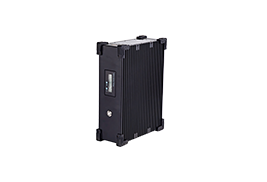
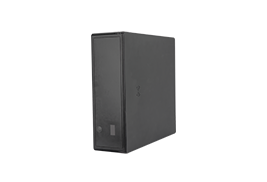
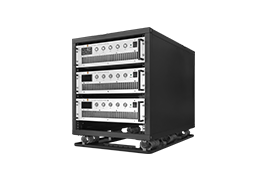
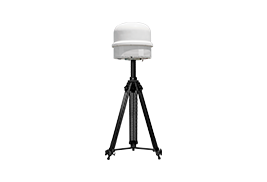
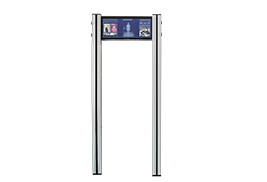
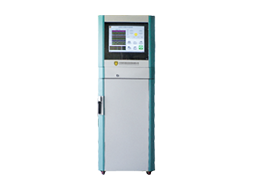


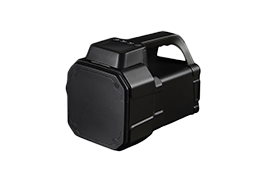
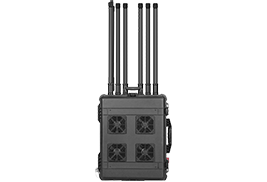
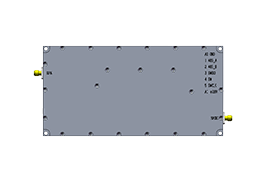
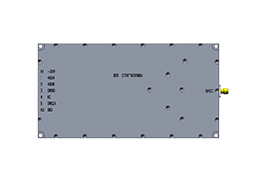
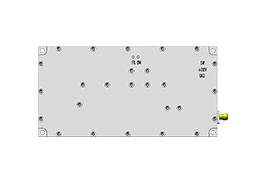
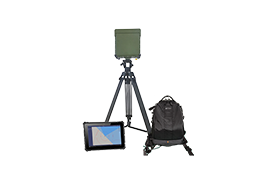
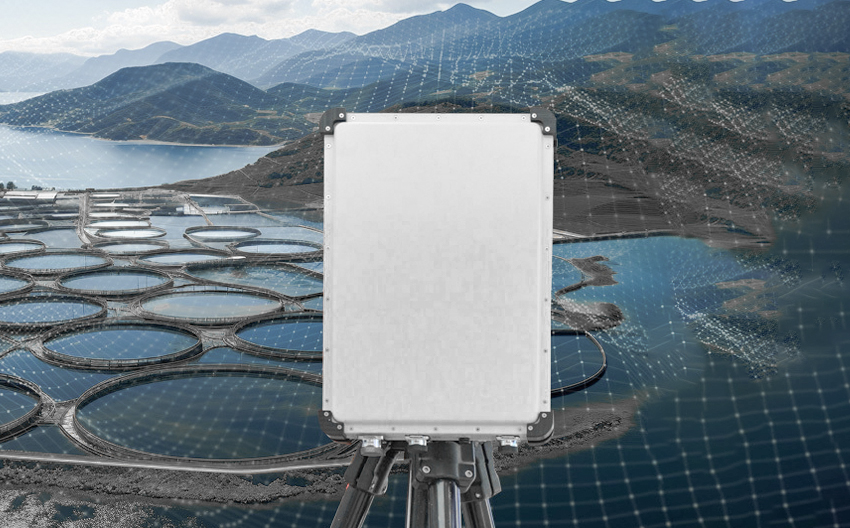
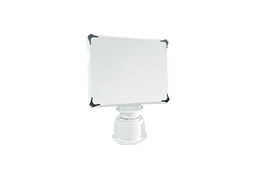
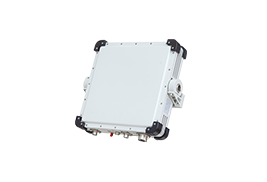



 X
X







 GLOBAL / ENGLISH
GLOBAL / ENGLISH

Drone radar, also known as Unmanned Aerial Vehicle (UAV) radar, is a key technology used in drone systems. It is a device that detects and senses the surrounding environment through radio waves, providing essential information such as distance, speed, direction, and altitude needed for drone flight. Here are some important aspects of drone radar:
Technical Principle: Drone radar operates on the principle of transmitting and receiving radar signals. It emits weak electromagnetic waves; when these waves interact with an object, a portion of the waves is reflected back to the radar antenna and then detected and interpreted by the receiver. By analyzing the received signals, drone radar can determine the position, speed, and other relevant information about the target.
Functionality and Applications: Drone radar has a wide range of functions and applications within drone systems. It can be used for obstacle detection and avoidance, helping drones to evade other flying objects, buildings, or terrain. Additionally, drone radar is used for target tracking and identification, supporting tasks such as monitoring, search and rescue. It also provides support for autonomous navigation and precise positioning, enabling drones to navigate safely and accurately in complex environments.
Technological Development: With the rapid advancement of drone technology, drone radar is also continuously evolving and improving. Modern drone radars incorporate various advanced technologies such as frequency multiplexing, pulse compression, phased arrays, and beamforming to enhance the performance and functionality of the radar system. Moreover, drone radars are integrating with other sensors and systems, such as infrared sensors, cameras, and Global Positioning Systems (GPS), to provide more comprehensive and accurate environmental perception.
Challenges and Future Development: Despite the critical role of drone radar in drone systems, it still faces several challenges. One of these is the constraint of size and weight; given the limited size and payload capacity of drones, drone radars need to compromise in terms of volume and weight to fit the requirements of drone systems. Additionally, drone radar must address technical challenges such as environmental interference, radar beam width, and the complexity of data processing and interpretation.
In the future, as technology continues to advance and innovate, drone radar is expected to evolve further. For instance, using higher frequency radar waves and more advanced signal processing algorithms can improve the resolution and detection range of the radar system. Furthermore, drone radar can be more closely integrated with the drone’s autonomous decision-making and control systems to achieve higher levels of autonomous flight and task execution capabilities.
In summary, drone radar is an indispensable key technology in drone systems. Its development will bring greater autonomy and safety performance to drones, driving further expansion and innovation in the field of drone applications.












